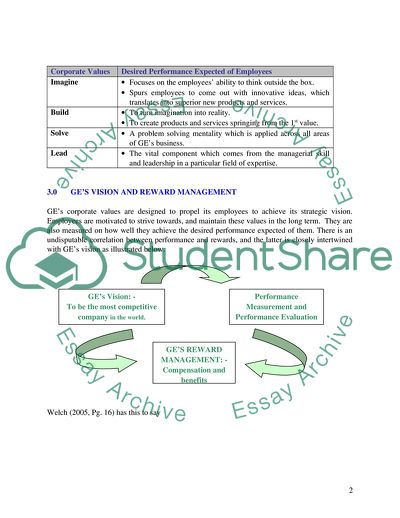Cite this document
(HR - Reward Management in An Organization Case Study, n.d.)
HR - Reward Management in An Organization Case Study. https://studentshare.org/human-resources/1703125-hr-reward-management-in-an-organization
HR - Reward Management in An Organization Case Study. https://studentshare.org/human-resources/1703125-hr-reward-management-in-an-organization
(HR - Reward Management in An Organization Case Study)
HR - Reward Management in An Organization Case Study. https://studentshare.org/human-resources/1703125-hr-reward-management-in-an-organization.
HR - Reward Management in An Organization Case Study. https://studentshare.org/human-resources/1703125-hr-reward-management-in-an-organization.
“HR - Reward Management in An Organization Case Study”. https://studentshare.org/human-resources/1703125-hr-reward-management-in-an-organization.


